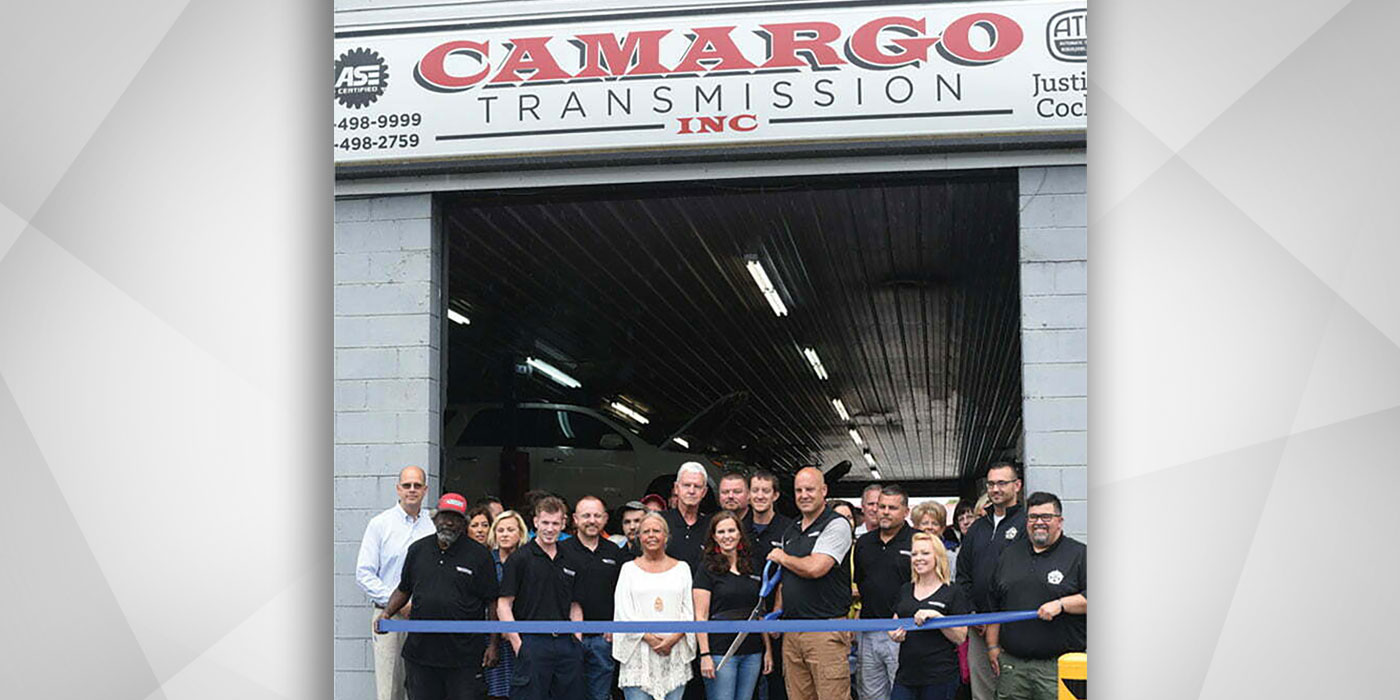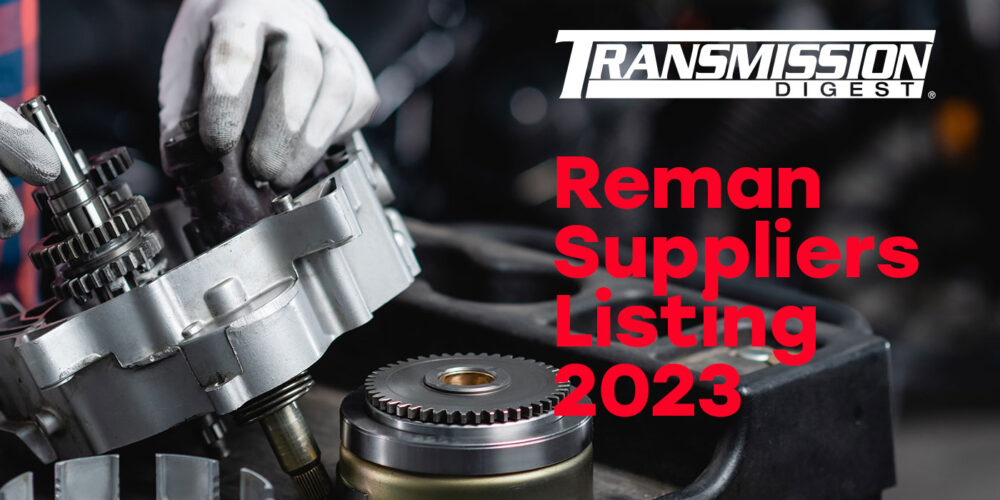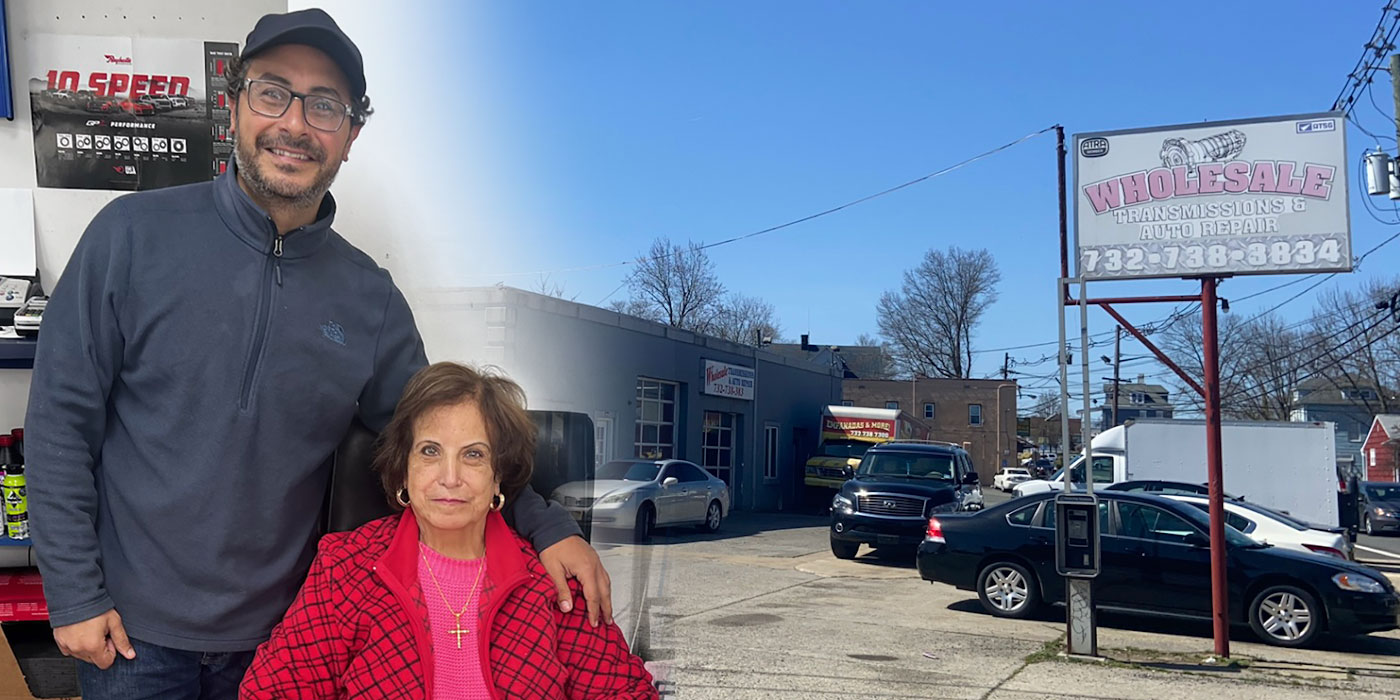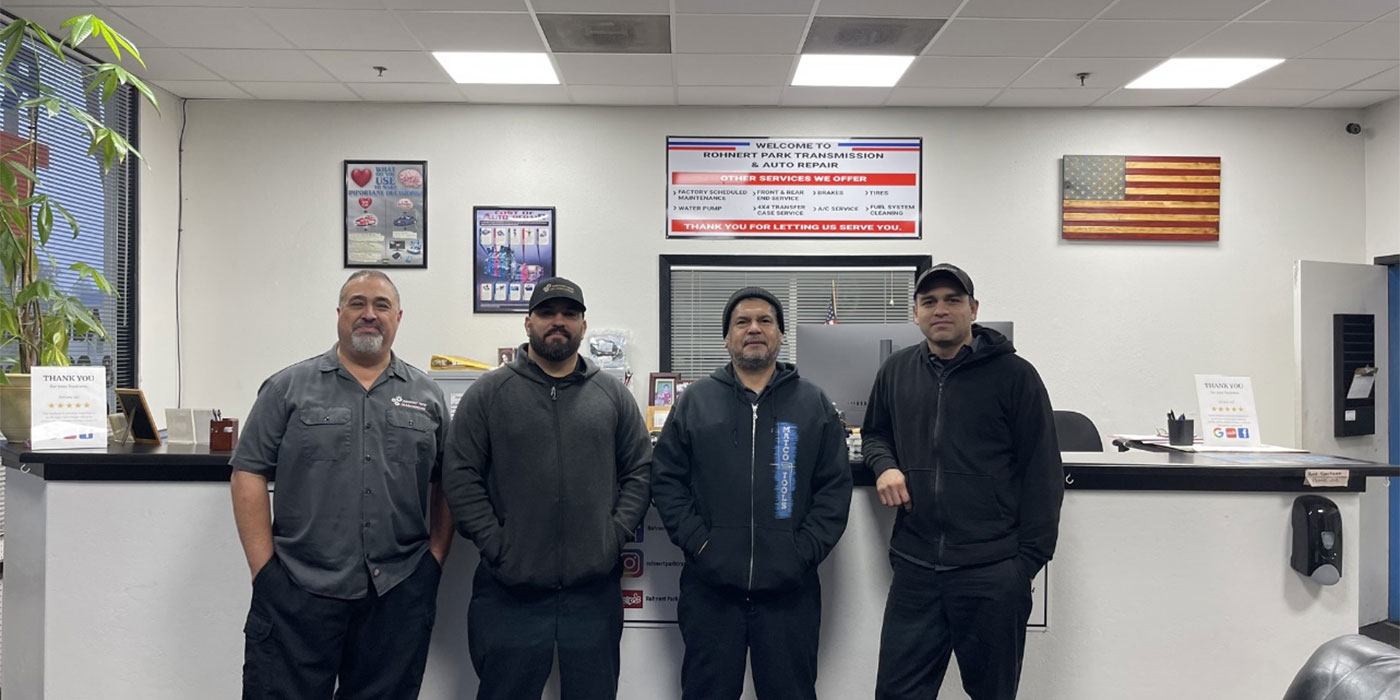
It’s Your Business
- Author: Terry Greenhut, Management Editor
Angry with you? Not necessarily. When people are angry these days, many times it’s because they have higher expectations than ever before and those expectations somehow are not being met. It is funny, though, that not so many years ago people didn’t expect very much from anything – not from the products they bought nor from the customer service they received. But owing to such vast improvements in both areas, people now have grown to expect much-better and more-durable products. At the same time they also believe that good customer relations is nothing special anymore. It has become a given. They expect to get value for their money, and if for some reason that doesn’t happen they expect someone to rectify the problem with the utmost speed and the least amount of fuss.
In 1975, when I started my business, a new car came with a 12-month/12,000-mile warranty. The average life of a transmission was only about 40,000 miles, and when one died at 20,000 because the manufacturer designed the catalytic converter to sit right under the transmission, nobody said very much. The customer paid for the repair because there was no such thing as an extended warranty in those days. He might have been a little miffed that his transmission didn’t last longer, but he accepted it and went on with his life. He usually didn’t scream at his mechanic or sue anyone. He paid the price and eased on down the road.
Picture a customer with a transmission failure at 20,000 miles today. Even though it no doubt would be covered under the manufacturer’s warranty, he is likely to scream anyway. People have become so spoiled with the excellent products on the market today that the inconvenience of having to leave a car for even a day or two to have it repaired is too much for some of them to bear, no matter that they are given a loaner or a rental car to use and even if it isn’t costing them a dime.
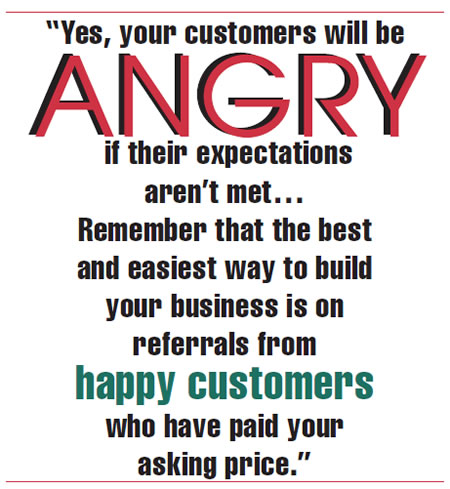
With expectations running as high as they do, it’s understandable when a customer becomes upset or irate if a repair doesn’t last very long. Warranty notwithstanding, customers expect more. If the original transmission ran 85,000 to 100,000 miles, that’s how long they expect the replacement to last. Even though they bought the least-expensive repair you had to offer with the 12,000-mile warranty, they expect it to last much longer than that.
Are the customer’s expectations unrealistic? When a customer shells out upward of $2,000 to have a transmission repaired, as they many times do these days, is it unrealistic for them to expect good service from it? What may be unrealistic is the warranty that some of us offer. When the manufacturer offered only a 12-month/12,000-mile warranty on the entire car, I can understand that we wouldn’t want to offer any more than that. Heck, if the manufacturer didn’t have any more faith in the car than that, why should we? But that’s all changed now. With manufacturers offering much longer warranties, they are saying, “We believe in our product.” If we offer short warranties, are we saying that we don’t have faith in the repairs we’ve made?
I believe that any good rebuilder evaluates each part of the transmission he is about to assemble and says to himself, “If I put this part in the transmission will it live a normal life?” And what’s normal – 50,000, 75,000, 100,000 miles? Of course, no rebuilder can know for sure how long any part will last, but his experience can tell him what to expect barring any disaster.
We also know that if a mistake is made or an otherwise good-quality part is defective, the problem generally will show up within the first few months or few thousand miles. If the transmission makes it past that point, there is a very good chance it will live a normal life. If it doesn’t, it will be repaired under warranty anyway.
The point is that it is becoming harder and harder to compete with the remanufacturers’ and dealers’ longer warranties when all you offer is 12 months or 12,000 miles, as many transmission shops still do. Although everyone wants to limit their liability as much as possible, the question is, “Are we way out of the ballpark now with these short warranties?”
What would it actually cost you to put a two-year/24,000-mile warranty, or a three-year/36,000 on your transmission? Probably not very much; the difference with each additional year and each additional 12,000 miles should average out to between $100 and $200, always keeping in mind that your biggest liability comes in the first 12 months or 12,000 miles anyway. That’s why the extended-warranty companies always make you responsible for that time period, then their warranty kicks in. They’ve done their actuarial studies. They know when the biggest risk is present.
If you are a full-service transmission-rebuilding and installation center, you have certain advantages over the extended-warranty companies and over the remanufacturers. The warranty companies have no control over who is building the transmissions or how well they are being built, but you do. So although a shop that is buying extended warranties might not care too much what happens after the first 12,000 miles, you certainly do. That means your risk is considerably lower than theirs.
As for the remanufacturers, they don’t get to diagnose the customer’s original complaint, and they have no control over how their transmissions are installed, road tested or adjusted. Sure, they can include instructions and they can threaten to cut off a shop that has made too many diagnostic or installation mistakes, but because many of them sell to shops you wouldn’t even think of letting install one of your transmissions, they also are far more at risk than you.

Having the ability to control the diagnosis, rebuilding, testing, adjustment and follow-up puts you in a much safer position to offer longer warranties than many of today’s competitors.
Can you charge more for a better product that carries with it a longer warranty? You’d be crazy not to, but unfortunately we still have many shop owners who think in terms of offering the lowest possible prices because they are afraid of either their customers or the competition, or both. That fear, above all else, is what eventually will drive them out of business.
The days of giving your work away are over. You just can’t afford not to be competitive. And today we aren’t talking about being price competitive, because anyone who tries to compete on that basis needs to have his head examined, but competitive on the bases of warranty and service, the items that most consumers really care about.
Yes, your customers will be angry if their expectations aren’t met, so make certain you meet them. Start by using good telephone techniques to make customers come to your shop, either by driving the car in or allowing you to tow it, to have their problems diagnosed. Don’t quote “take-it-or-leave-it prices” over the telephone.
Do a thorough job of diagnosis when the car comes in. That way there will be less chance of unwanted surprises for both the customer and you. Price the job to include your best service with your longest warranty, but have a fallback position or two ready in case your customer is that adamant about a lower-priced repair with a shorter warranty.
Build the transmission as if you want it to last forever, because you do. Treat the customer so well that he won’t even believe he’s in an automotive shop; he’ll think he’s in a swanky hotel or restaurant. And treat him that way every time he comes in, not just the first time when you are charging him money. Remember that the best and easiest way to build your business is on referrals from happy customers who have paid your asking price. Customers who negotiate down your price tell their friends that they can do the same.
That isn’t necessarily the kind of new customers you want.
The bottom line: Give a warranty that makes sense in today’s world. Charge what you should to make it profitable. Pay even closer attention to detail to keep your comeback rate as low as possible. Give your customer the best possible experience every time he visits you. That’s how you will maintain your competitive edge in the marketplace.

Visit www.TerryGreenhut.com.




